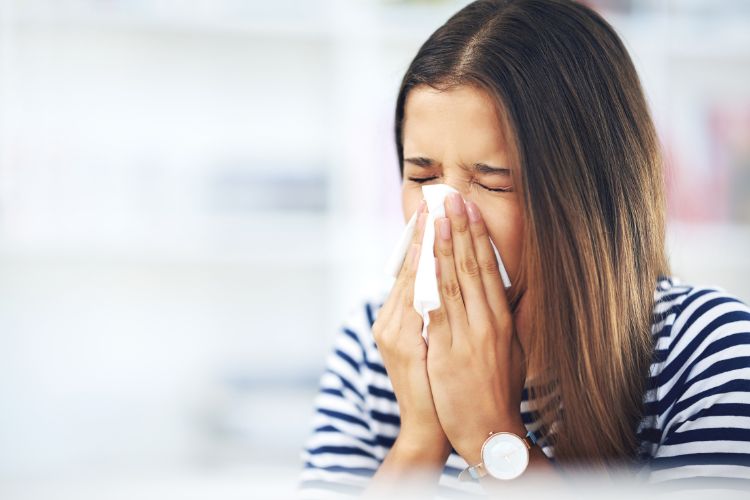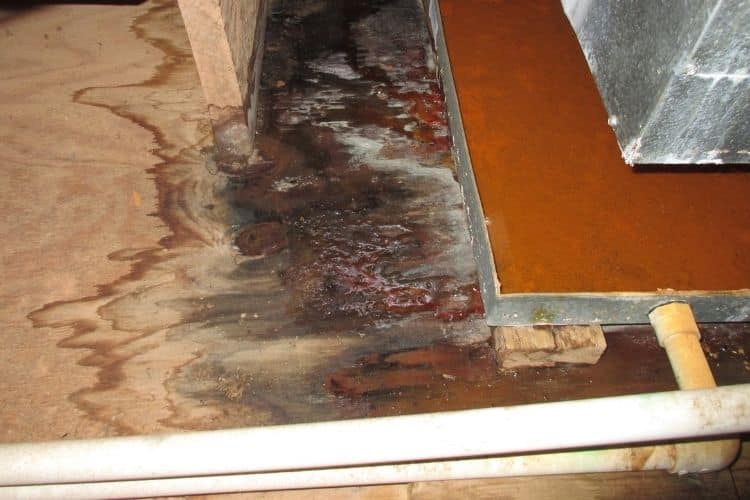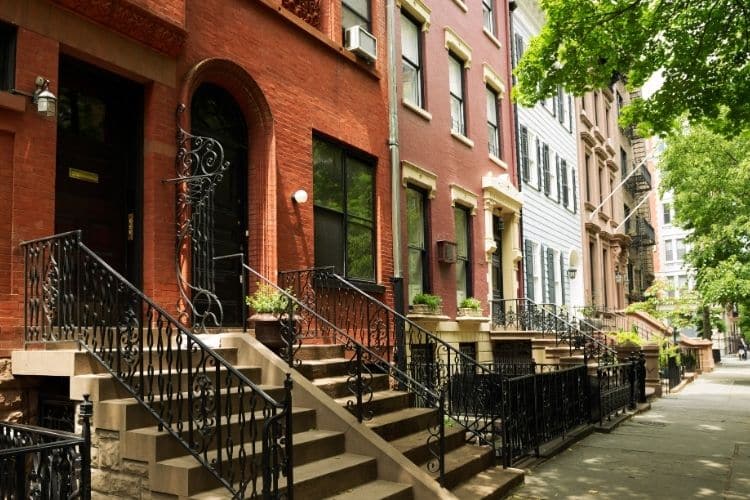Suffered Water Damage
Water damage in your home or business can be a daunting experience, leaving property owners wondering about the extent of the damage, the costs of restoration, and the timeline for recovery. Understanding the process of water damage restoration is crucial for mitigating the impact and returning your property to its pre-damage condition. This guide provides […]
Suffered Water Damage Read More »










